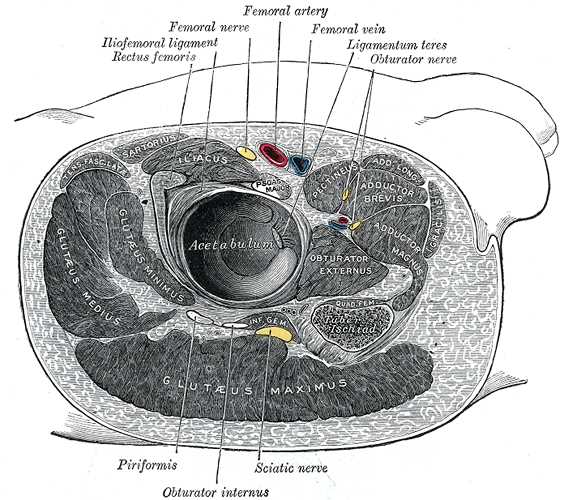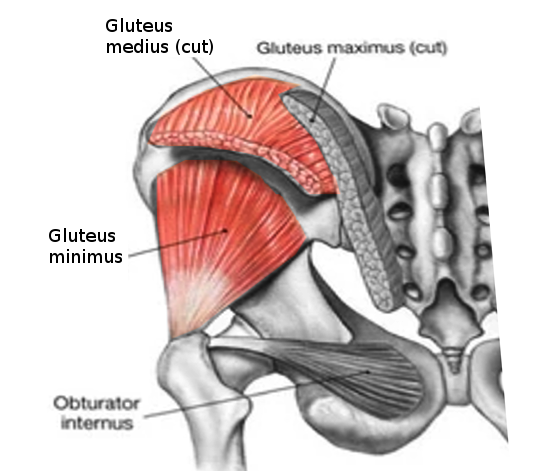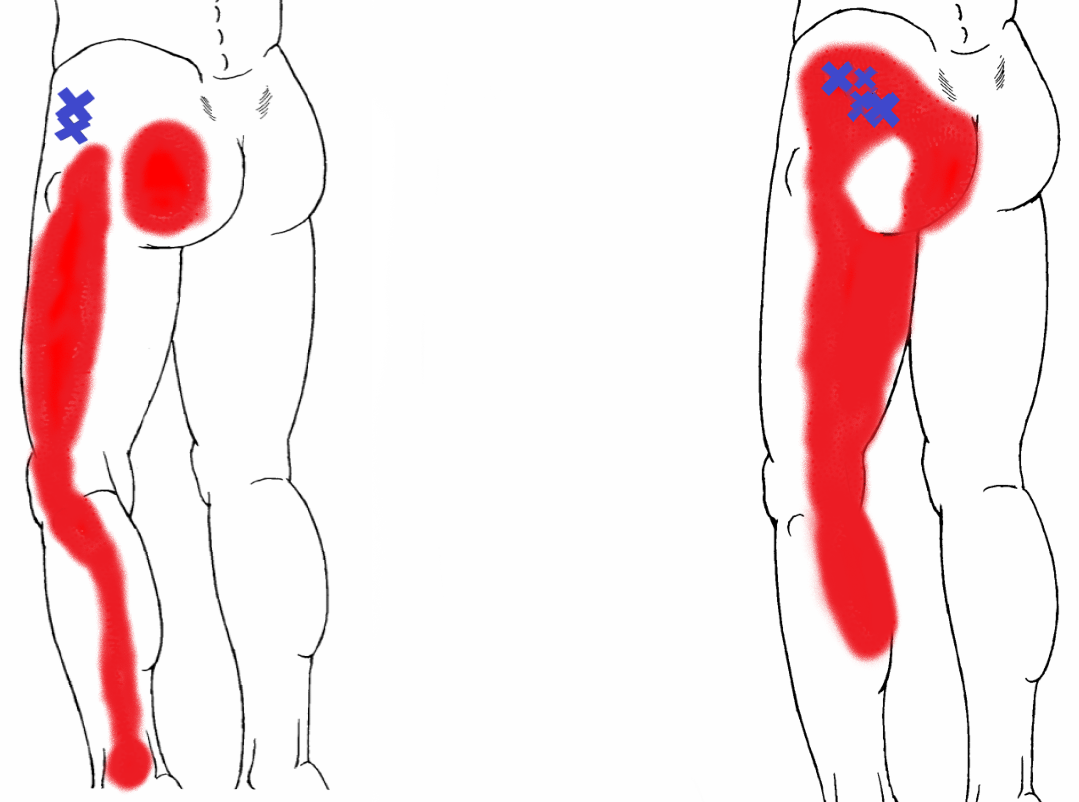[1]
Walters J, Solomons M, Davies J. Gluteus minimus: observations on its insertion. Journal of anatomy. 2001 Feb:198(Pt 2):239-42
[PubMed PMID: 11273048]
[2]
Flack NA, Nicholson HD, Woodley SJ. A review of the anatomy of the hip abductor muscles, gluteus medius, gluteus minimus, and tensor fascia lata. Clinical anatomy (New York, N.Y.). 2012 Sep:25(6):697-708. doi: 10.1002/ca.22004. Epub 2011 Nov 22
[PubMed PMID: 22109658]
[3]
Gottschalk F, Kourosh S, Leveau B. The functional anatomy of tensor fasciae latae and gluteus medius and minimus. Journal of anatomy. 1989 Oct:166():179-89
[PubMed PMID: 2621137]
[4]
Whiler L, Fong M, Kim S, Ly A, Qin Y, Yeung E, Mathur S. Gluteus Medius and Minimus Muscle Structure, Strength, and Function in Healthy Adults: Brief Report. Physiotherapy Canada. Physiotherapie Canada. 2017:69(3):212-216. doi: 10.3138/ptc.2016-16. Epub
[PubMed PMID: 30275637]
Level 2 (mid-level) evidence
[5]
Buckingham M. Muscle differentiation. Which myogenic factors make muscle? Current biology : CB. 1994 Jan 1:4(1):61-3
[PubMed PMID: 7922315]
[6]
Taylor MV. Muscle development: molecules of myoblast fusion. Current biology : CB. 2000 Sep 7:10(17):R646-8
[PubMed PMID: 10996092]
[7]
Collinge CA, Ziran NM, Coons DA. Relationship Between the Superior Gluteal Vessels and Nerve at the Greater Sciatic Notch. Orthopedics. 2015 Oct:38(10):e929-33. doi: 10.3928/01477447-20151002-62. Epub
[PubMed PMID: 26488790]
[8]
Jacobs LG, Buxton RA. The course of the superior gluteal nerve in the lateral approach to the hip. The Journal of bone and joint surgery. American volume. 1989 Sep:71(8):1239-43
[PubMed PMID: 2777853]
[9]
Akita K, Sakamoto H, Sato T. Origin, course and distribution of the superior gluteal nerve. Acta anatomica. 1994:149(3):225-30
[PubMed PMID: 7976174]
[10]
Caviglia H, Cambiaggi G, Vattani N, Landro ME, Galatro G. Lesion of the hip abductor mechanism. SICOT-J. 2016:2():29. doi: 10.1051/sicotj/2016020. Epub 2016 Jul 6
[PubMed PMID: 27382925]
[11]
Eksioglu F, Uslu M, Gudemez E, Atik OS, Tekdemir I. Reliability of the safe area for the superior gluteal nerve. Clinical orthopaedics and related research. 2003 Jul:(412):111-6
[PubMed PMID: 12838060]
[12]
Rath EM, Russell GV Jr, Washington WJ, Routt ML Jr. Gluteus minimus necrotic muscle debridement diminishes heterotopic ossification after acetabular fracture fixation. Injury. 2002 Nov:33(9):751-6
[PubMed PMID: 12379382]
[13]
Chang KV, Wu WT. An Underdiagnosed Etiology of Lateral Hip Pain-Gluteus Minimus Tendinopathy. Journal of medical ultrasound. 2019 Apr-Jun:27(2):113-114. doi: 10.4103/JMU.JMU_79_18. Epub 2018 Oct 30
[PubMed PMID: 31316226]
[14]
Grimaldi A, Mellor R, Hodges P, Bennell K, Wajswelner H, Vicenzino B. Gluteal Tendinopathy: A Review of Mechanisms, Assessment and Management. Sports medicine (Auckland, N.Z.). 2015 Aug:45(8):1107-19. doi: 10.1007/s40279-015-0336-5. Epub
[PubMed PMID: 25969366]
[15]
Torres A, Fernández-Fairen M, Sueiro-Fernández J. Greater trochanteric pain syndrome and gluteus medius and minimus tendinosis: nonsurgical treatment. Pain management. 2018 Jan:8(1):45-55. doi: 10.2217/pmt-2017-0033. Epub 2017 Nov 28
[PubMed PMID: 29182042]



